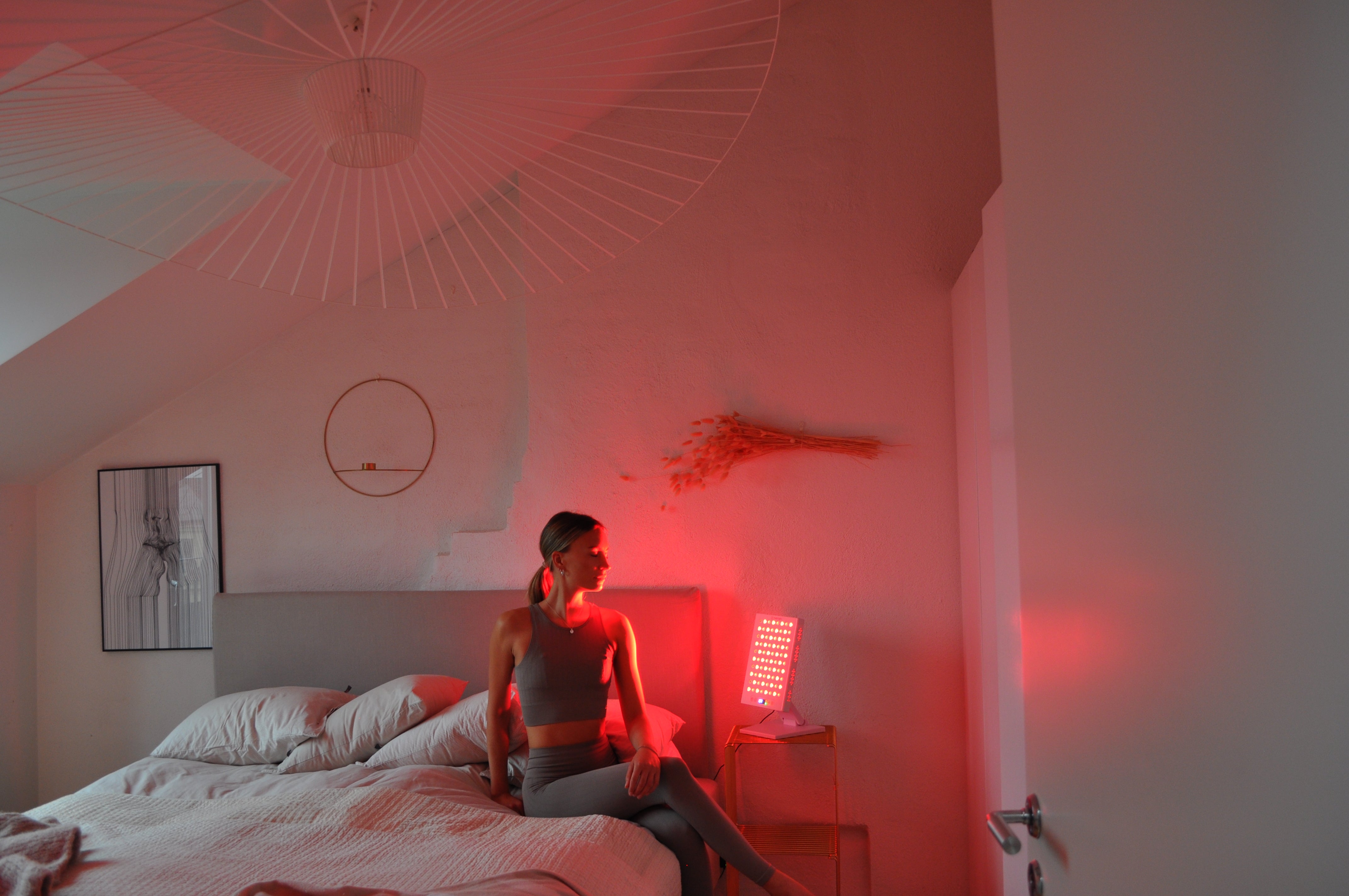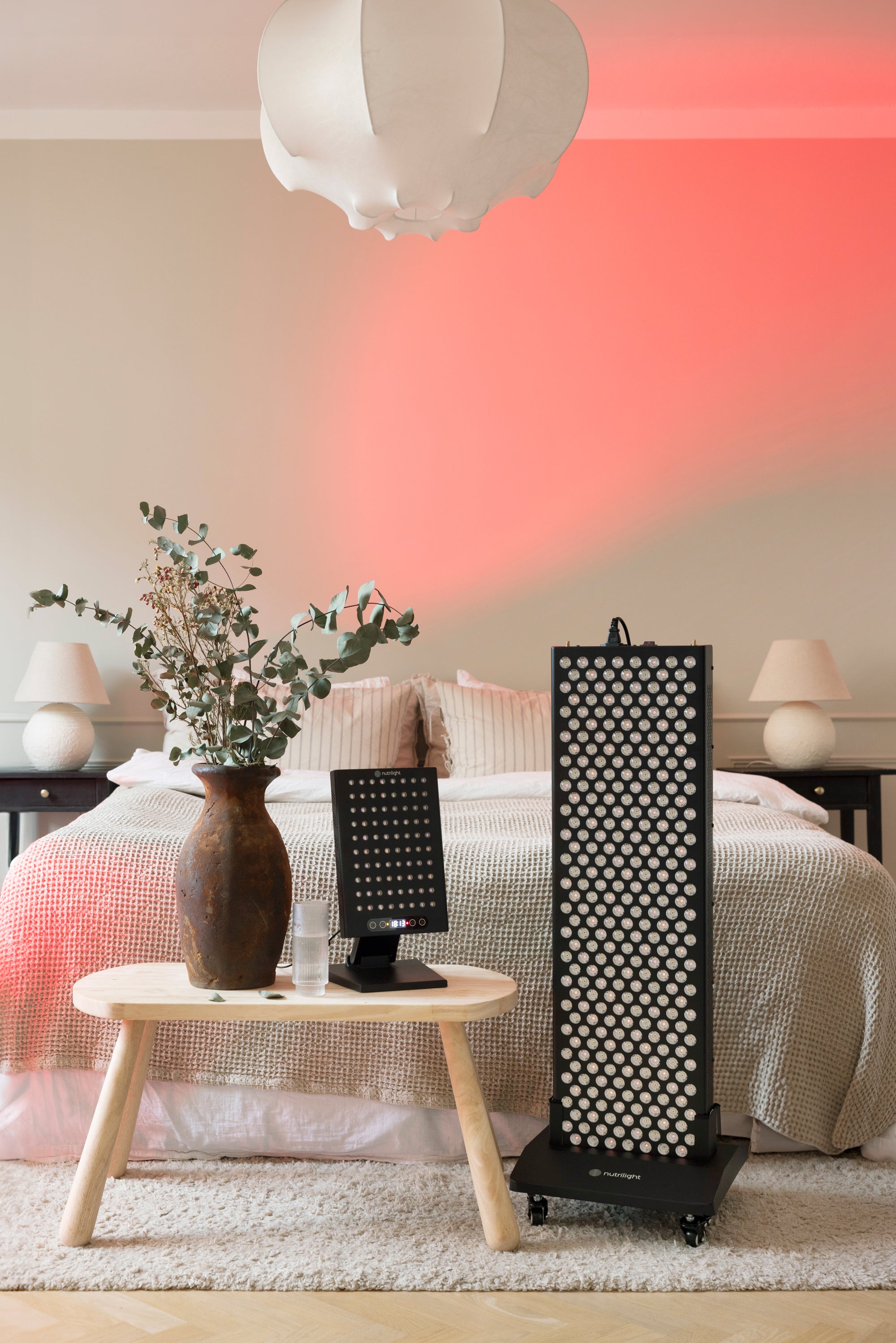Feeling frustrated by the constant sugar cravings that are interfering with your health goals? It is comforting to know that there are new advances in medical research that point to potential solutions to deal with this problem. A pioneering method that has attracted increased attention is red light therapy, a therapy that has been shown to be able to address cravings for sugar and carbohydrates.
Red light therapy has gained increased attention as a potential solution to tackling the challenging sugar cravings that many of us struggle with on a daily basis. This craving for sweets can have a significant impact on our health and well-being. Despite our goal to live healthily, the overwhelming cravings can be hard to resist. Sugar's impact on the brain's reward system and the release of dopamine create a rewarding feeling that drives us to constantly crave more sugar.
Research suggests that sugar cravings are not just about a lack of willpower, but also involve biological and neurological mechanisms. Our body responds to sugar by rapidly raising blood sugar levels, which provides an initial energy boost, but is followed by a rapid decline that can lead to fatigue and increased cravings for more sugar to restore energy levels.
An interesting discovery is the link between stress and sugar cravings. During stress, hormones are released that can increase cravings for quick energy sources, including sugar. This is where many of us feel a stronger need for comfort foods, often high in sugar and carbohydrates, to ease feelings of anxiety and stress.
There are also signs that sugar addiction can be similar to other types of addictions. When we consume sugar, the reward system is activated in a way similar to other addictive substances. This can lead us to develop a strong craving for sugar, even when we are aware of the negative health effects.
One of the most important mechanisms behind the red light treatment's ability to reduce sugar cravings is its effect on the mitochondria, the cells' energy producers. Red light is absorbed by the mitochondria and stimulates the production of ATP (adenosine triphosphate), the cells' primary energy source. This increased energy production can have regulatory effects on various processes in the body, including hormone regulation.
Using red light therapy continuously can help balance hormones involved in appetite regulation, such as leptin and ghrelin. This can lead to a reduced feeling of hunger and thus reduce cravings for sweets and carbohydrates.
Furthermore, red light treatment has been shown to be able to influence the activity of the brain's reward system by modifying signaling substances and neurotransmitters. It can reduce activity in areas linked to the desire for rewards and thereby reduce sugar cravings.
By regularly applying red light therapy, it can have a cumulative effect on reducing sugar cravings by affecting both hormonal regulation and the brain's reward system. However, it is important to note that red light therapy is not an instant solution and that its effects can vary between individuals.
To take advantage of red light therapy's potential to reduce sugar cravings, it is common to complete regular sessions over a longer period of time to achieve noticeable results. Combined with other healthy strategies, red light therapy can be a useful tool for reducing sugar cravings and promoting a more balanced lifestyle.






Share:
Red light therapy during the summer
Rödljusterapi och IVF-behandlingar